In the News…
Yale Hahn Scholars
May 31, 2025
Inside the Hahn Scholars program’s push to recruit top STEM students
The Hahn Scholarship supports a small cohort of Yale students with research funding.
With a cohort of just 10 top students each year, Yale’s Hahn Scholars program is a little-known aspect of the University’s push to recruit high-achieving students in STEM.
The Hahn Scholars program, which is run by Associate Dean of STEM Education Sandy Chang ’88, supports students with strong science and engineering research backgrounds. The program offers a “tight-knit cohort” of students the opportunity to start conducting paid STEM research at the University in the spring of their first year, according to Chang. Additionally, Hahn scholars meet with each other and Chang monthly, and work with University faculty for career-building workshops.
Hahn Scholars also receive guaranteed funding — a stipend of $4,300 — for one summer of research. It is not possible to apply to the program, as Hahn Scholars are informed of their selection during the admissions process.
“I’ve greatly enjoyed my experience as a Hahn Scholar,” said Lila Schweinfurth ’25. “I’ve loved learning from and connecting with others in the community, and Dean Chang has been an invaluable resource. The experience has helped me to grow as a researcher.”
Building a community of scientists is an integral aspect of the initiative. As part of the scholarship, students are required to participate in social events and research presentations hosted by the Hahn program. These events are intended to foster interactions between Hahn Scholars, Yale faculty mentors and others involved in research at Yale.
Chang said that when he became dean of STEM in 2017, the University already had programs committed to increasing diversity in STEM. Specifically, the Science, Technology and Research Scholars program offers advising, research funding, laboratory experience and other forms of mentorship to first-generation and low-income students and underrepresented minorities — such as women and gender minorities as well as students of color.
However, Chang explained that the University needed a program to increase the number of top STEM students choosing to matriculate to Yale, aligning with the University’s larger priorities of honing its STEM offerings. The University at the time was offering a weekend of recruitment events specifically geared to STEM admits — the Yale Engineering and Science Weekend — but Chang wanted to expand this effort.
“We were losing top STEM students to MIT, Harvard and Stanford even though these students were exposed to YES-W,” Chang wrote in an email to the News. “I knew something more was needed.”
The Hahn program was endowed by and named for Scott Sang-Won Hahn ’94 in 2018. The first class of ten Hahn Scholars arrived in 2019.
For the last two years, five of the 10 selected Hahn Scholars — in the classes of 2025 and 2026 — were Regeneron Science Talent Search Finalists while in high school. The Regeneron STS names the top 40 high school STEM scholars in the country. Before the Hahn program, the University “yielded only 1-2 Regeneron finalists” each year, Chang said.
Hahn Scholars Schweinfurth and Ethan Chiu ’26 both said that the Hahn program was a significant factor in deciding between colleges.
For Schweinfurth, the smaller, tightly-knit community offered by the Hahn Scholar program helped motivate her decision to come to Yale. Having graduated from a high school with a graduating class of 76 students, Schweinfurth said she valued having a small group with which she could share her passion for research.
“A big plus is that it gives you access to Dean Chang’s expertise in research,” said Lucy Zha ’25. “It’s very helpful as it takes away the stress for both the [principal investigators] and the students for finding funding for your projects.”
As a Hahn Scholar, Zha has been involved as a student researcher at the Yale School of Medicine with two different labs. Presently, she is studying the risk factors of long COVID-19 at the Gerstein Lab led by principal investigator Mark Gerstein.
Zha echoed the importance of the program’s community, having found several close friends amongst the Hahn Scholars. Additionally, she emphasized that the program provided her a pathway to continue pursuing research after having been heavily involved in high school.
“My selection as a Hahn Scholar was definitely part of my reason for choosing Yale,” Chiu wrote in an email to the News. “With the opportunity to conduct paid research during my first-year, I’m able to dive early into exploring groundbreaking research … I chose the unique opportunity presented through Hahn over some of the other schools/programs I was accepted to.”
While praising the program’s philosophy, Chiu identified aspects that could be improved going forward. His suggestions to make Hahn more appealing to cross-admits included expanded career opportunities, links with biotech and startups and personalized career development.
Chang added that many Hahn Scholars have already published in prestigious scientific journals, and that seniors are gaining admission into top PhD and M.D./PhD programs.
Two of the three Yale students named as Goldwater Scholars are current Hahn seniors. For the next round of Goldwater Scholar awardees, three of the four total juniors nominated are current Hahn juniors.
While programs like STARS seek to increase diversity within STEM fields, the Hahn program is about reaching and recruiting top students. Gender parity, however, is a factor when selecting Hahn Scholars; the program is matched at one to one for gender parity.
Other programs that seek to recruit highly proficient STEM students include the recently-expanded YES Scholars program, which offers guaranteed research funding to a larger pool of STEM admits. The YES program invites about 100 accepted students to join its ranks, with the 10 most proficient named Hahn Scholars.
Admitted students must accept or decline offers of admission by May 1.
My Caltech Fly-in Experience…
May 15, 2025— Tuyen, St. Petersburg High School IB Program (St. Petersburg, FL)
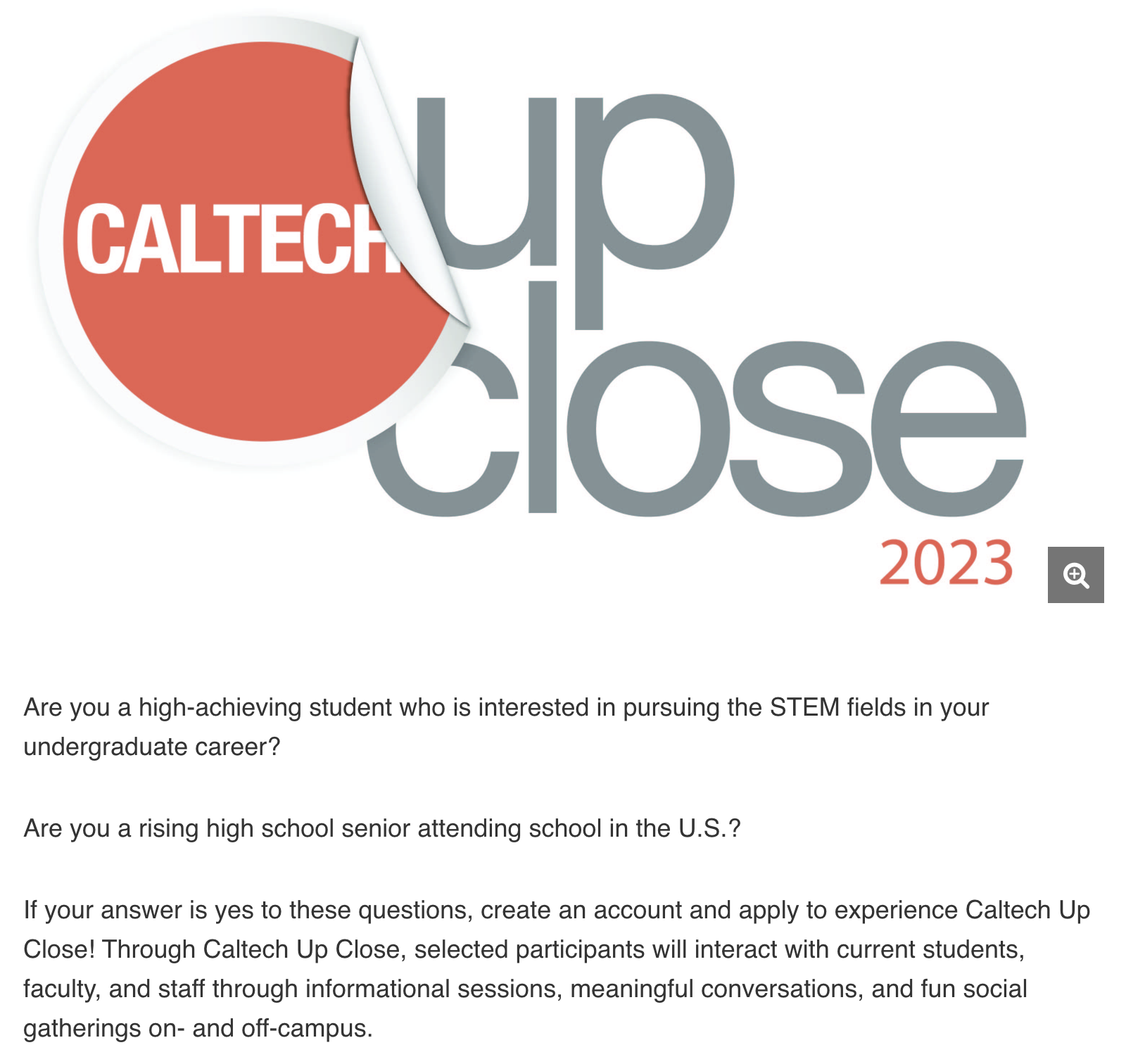 Caltech Up Close
Caltech Up Close
I enjoyed Caltech’s fly-in the most because we were put into groups with the admissions officer(s) assigned to our region and we were able to talk to them and ask lots of questions. Caltech is also a beautiful campus and the program provided a lot of freedom to explore the campus and the community. In the program, I roomed with a “host,” (i.e., Caltech student). Caltech offers eight houses (i.e., dormitories) to live in, and in my case, I stayed with my host in Page House. Through my nights there, I was able to experience the different personalities of each house and I was able to talk to current students in the common room and explore other houses.
Day by Day Schedule
Before my trip, I was provided the name and contact information of my host, to whom I was able to reach out. My host was a first-year and was from China. We had shared interest in the UPenn M&T Program. While she was not offered admission to the UPenn program, she was offered admission to Caltech. My host had a roommate who also hosted a Caltech Up Close participant from Illinois. So during my visit, there were 4 of us in the room.
Following is the daily schedule for my three-day visit, with my departure from California and returning to Florida on the 4th day.
Day 1
On the first day, my plane landed at LAX in the afternoon and I was driven in a private car to the Caltech campus. When I arrived, I was greeted by admissions officers who helped me with my luggage, gave me my information, and presented me with a Caltech goody bag. The bag contained a pencil sharpener, a pencil, a notepad, my departure bus information, a shirt, a water bottle, and a brain-shaped stress ball. I was also greeted by student volunteers, who were friendly and I was able to talk to them about their majors and interests. After our initial reception, we walked to the B122 Gates Annex, which is the food court. Their food court is relatively small compared to other schools, because they don’t have as nearly as many students as a larger university. The typical class is around 200 students, while the entire undergraduate population is only 1,000 undergraduates. Caltech has an additional 1,400 graduate students, which overall, is a smaller student body than many 4 AAAA high schools. At the Gates Annex, I connected with other Caltech Up Close participants and after we ate, we explored the entire campus. The campus was quiet and peaceful. The whole vibe is not that crowded and more of a low key vibe. One interesting feature of Caltech is its turtle pond. They have ponds in a part of campus and there are so many turtles that bask within the pond. The campus overall is clean and spacious. While I was there, I was able to see current students going to class, but it was not so overwhelmingly crowded. A lot of people tend to hang out in the area near the Gates Annex to eat and socialize. There is also another eating place nearby called the RedDoor and a lot of people socialize there.
Later on, we met in Bechman Mall, which is a place in the Caltech campus, to break up into our groups and meet each other. The groups were divided by region and I felt that the small groups allowed us to bond with other Up Close participants from our region. I met all the 3 other high school students from Florida and we were an inseparable group throughout our time at Caltech. Overall, each region had a similar amount of students. The student group included a wide variety of people and I wouldn’t say that the officers were looking for a particular group other than students that showed an interest in STEM. After that, there was a student-led tour, where we were able to see the campus and ask questions. After the tour, we gathered to meet our hosts and go to the admissions house to grab our luggage and a sleeping bag that they provided. I had another CUCer with me so this was another opportunity for us to create connections. We had dinner in Bectel Dining Hall and sat for a session called “Caltech Up Front: Honest Breakdown of Caltech” at the Gates Annex. Afterward, the admissions officers surprised us with boba (which is a bubble tea). Throughout the trip, it was evident that the school had spent a lot of time, energy, and money on us CUCers. Clearly, fly-in programs are exceptional all-expenses paid opportunities to visit and get to know schools. The airfare and other travel-related expenses to bring students from our region to Florida alone would have amounted to a significant amount of money.
The facilities in Page House were shared showers and bathrooms on each floor separated by gender. The house was quite large. There were two stories and it was very spacious. The houses are almost like a maze in a way because there’s lots of hallways and different rooms and stairs. The dorm was normal-sized, around 6-8 feet wide and 15 feet in length. The dorm room sizes varied by houses and dorm rooms. Other dorm rooms I visited were larger. I don’t know exactly how many rooms and students, but there were an indoor and outdoor common area and kitchens on each floor. One thing that stood out was the attention that the Caltech organizers gave to details. They collected a form from each participant of our room preferences and our career/academic interests. They used the information that we provided to match us to our host student. My host had similar experiences and interests which allowed me to talk to her and ask a lot of questions about the things that were important to me in making my college choice. She was interested in STEM and business at the same time and was interested in Penn’s M&T program. To me, this meant that Caltech was doing more than simply bringing us to campus, but was intentional in cultivating a set of experiences that would help us to determine if Caltech was the right fit for us and the right campus community to begin our journey after high school. This concludes my first night since I slept early because I was exhausted from the day’s activities.
Day 2
On the second day, we woke up early and had breakfast at Bechtel Hall. In the first part of the day, we sat for informational seminars. Throughout the entire experience, our admissions officers were with us and were available to talk to us. Following breakfast, the formal session began with a keynote address by Dr. Hosea Nelson, a professor and chemist, who shared his inspiring story. He was a high school dropout and worked a construction job. However, he went back to school, where he eventually received a Ph.D. in chemistry. He landed a teaching job at Caltech and turned down two job offers to work at Tesla because he loved chemistry and pursuing research instead. We learned about the CORE at Caltech. The CORE at Caltech is a core curriculum that allows students to have an equal playing field. It has required classes that all students must take and includes humanities classes along with a strong blend of STEM classes. During your first year at Caltech, all classes are pass/fail. We also had a student panel where they discussed their personal experiences with research and internships. We were able to explore their research in a fair. The morning concluded with lunch and then we traveled to Santa Monica Beach by buses for fun in the sun. On the beach, I explored the water and played volleyball and was able to ask a lot more questions from my admissions officer and get to know more about my fellow Floridians. We concluded the day with a fancy dinner on the beach and then went back to campus. The dinner was on a balcony overlooking the beach where we were served tacos along with drinks like horchata (Mexican-style horchata is the most commonly known variety in the US. However, horchata actually originated in Spain, and there are various types of horchatas throughout the Spanish-speaking world). I made friends with a student from another house, Fleming, so I was able to explore a new house and spent the balance of the evening walking around the campus. Fleming’s house is a lot different from Page because its hallways are made out of stone and looks older than Page House. In contrast, Page looks like an air-conditioned facility. Flemings looked like a maze and was practically a maze with different stairways and houses. I think there are three stories with one story being underground. There is a library in Flemming along with a laundry room. The dorms are really nice and spacious and it’s like stepping into another world.
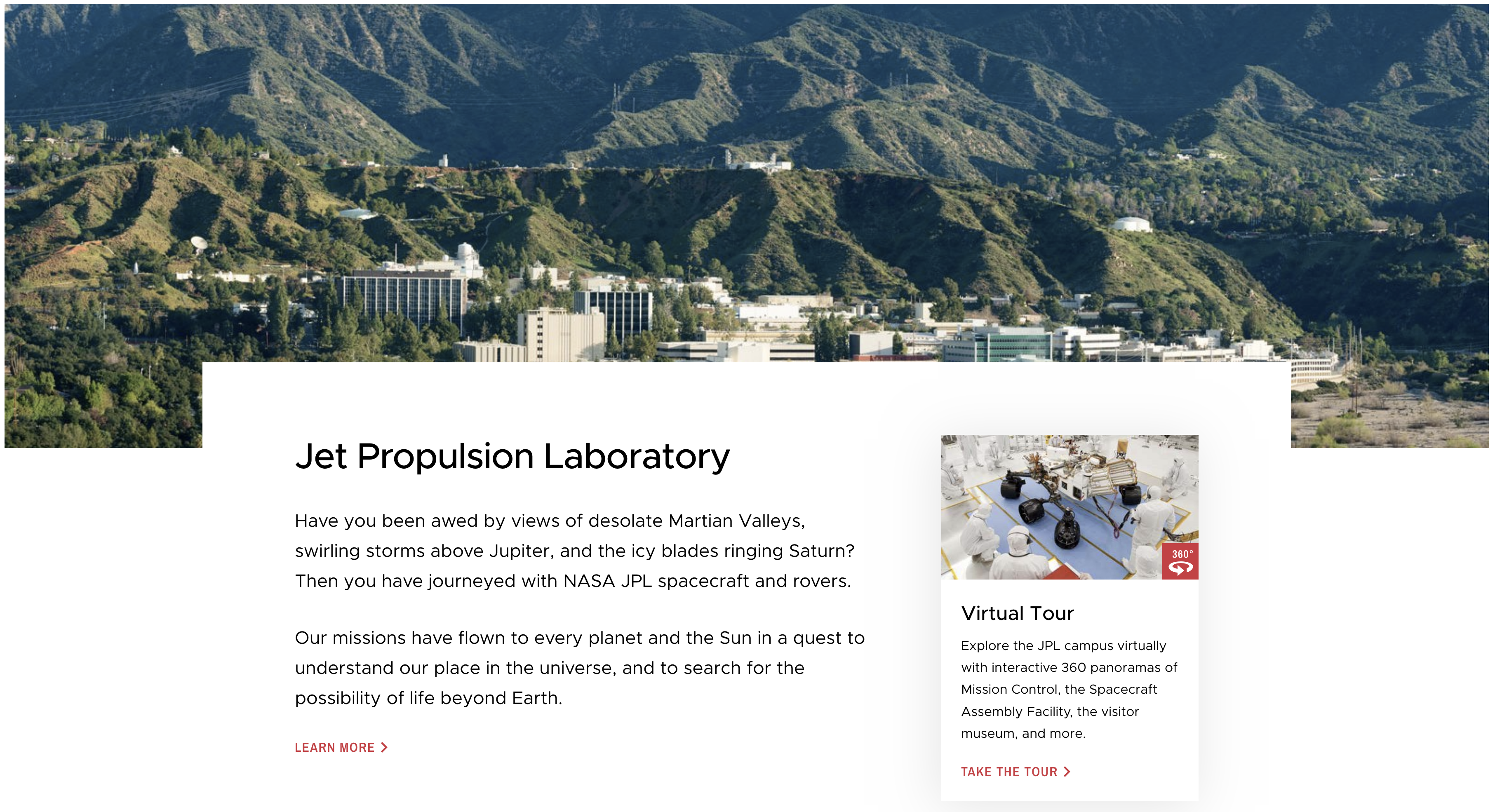
Day 3
On the third day we explored NASA’s infamous Jet Propulsion Lab. This was a very early morning, but a highlight of the trip. Since the JPL is an extension of Caltech, lots of students are able to receive internships at the lab. It is approximately 10 minutes away from campus. We explored different places and learned about the different technologies used in JPL. We also had the opportunity to look at the white room, which is a massive sterile room used to build rockets, and the control room of the launching of the rockets. After JPL, we returned to campus to attend mock lectures. I had a mock lecture with Professor Antonio Rangel on Bayesian Statistics. Overall, the lecture was interactive and we were able to ask lots of questions. We collaborated with other students to solve math problems, which I feel is reflective of Caltech’s teaching philosophy. I only attended one lecture but there were three available. After that, we had lab tours and I explored the biology lab. I really liked this part of the visit as I was doing research in biology and saw a lot of connections between what I was currently doing in high school and the opportunities I would have at Caltech. Afterwards, we had some downtime that my friends and I used to explore the gym and rock climbing facilities. It was also really easy to talk to faculty members, and my friends talked to the coach about their sports and were able to attend a track practice. Afterwards, we had an admissions and financial aid session and closing remarks and downtime.
What We Learned About Admissions and Financial Aid
The session reinforced much of the guidance learned in the Cohort. Caltech emphasizes taking the most rigorous classes that are available to you. This not only means classes available at your high school, but through your school district, dual enrollment program, or through your state’s virtual school options. They are test blind because their research indicates that admitted students who submit test scores and those who do not submit test scores perform similarly academically. Consequently, during the Caltech admissions review process, instead of test scores, they look for: creativity, curiosity in STEM, resilience, a collaborative spirit, and an outlet (something else that you do when you are stressed). These traits come from Caltech’s rigorous academics and the admissions formula that they use has been developed by identifying the type of students who thrive at Caltech. They are looking for students who not only are interested in STEM, but are also resilient enough in their approach to their academics to handle the curriculum. In my opinion, one of the best things about Caltech is their Honor Code. This allows students to take-home tests and engage in collaboration, even on homework, as a means of achieving shared academic growth—the exact type of collaboration that would be expected in the workplace after entering your post-college career. An important tip that the admissions officer shared is not to write about how you struggled in STEM classes or that you do not like STEM. Instead, if you struggled with STEM classes, you should focus on how you overcame any challenges or obstacles. Caltech also accepts extended portfolios such as for research, visual arts, performance arts, etc., to submit as supplements to your application.
Since less than 50% of applicants submit research, having a research portfolio could provide you with a competitive edge. They also require two letters of recommendation, The first LOR must be from a math or science teacher who can provide insight into your math or science skills. The second LOR must be from a humanities teacher where you engaged in intensive writing. This teacher should speak strongly about your writing skills. They also allow one optional teacher recommendation. Last year, there were 103 CUCers, 89 of whom eventually applied for admission to Caltech. 47 (52.8%) of the CUCers who applied were admitted. In my group this year, there were around 200 CUCers. Caltech expects to offer admission to about 50 of the CUCers who apply, so the admissions rate of CUCers will likely be lower.
The college research activity in the cohort curriculum providing guidance in researching a school’s Common Data Set (see below) was consistent with what we were learning from admissions officers. However, there were that we learned from admissions officers as a result of the fly-in experience were:
While the CDS indicates that Academic GPA is “Important,” the admissions officers stressed that grades in STEM classes are “Very Important.” They also provided insight into some of the big reasons that Caltech rejects applicants: low grades, lack of effort (as revealed either in the transcript or through recommendations), making false statements on their application, or simply having no more available space in their freshman class. In 2023, of the 16,626 students who applied to Caltech, only 672 were offered admission. 167 students were placed on the waitlist and 15 were eventually admitted from the waitlist. My biggest takeaway from listening to the admissions officers was to show that you can not only change the world but that you are committed to making the sacrifices required to do so, because attending Caltech requires lots of sacrifices. In their admissions process, they are looking for students who demonstrated (through their essays, recommendations, transcript, leadership, and service) a “never enough” mentality.
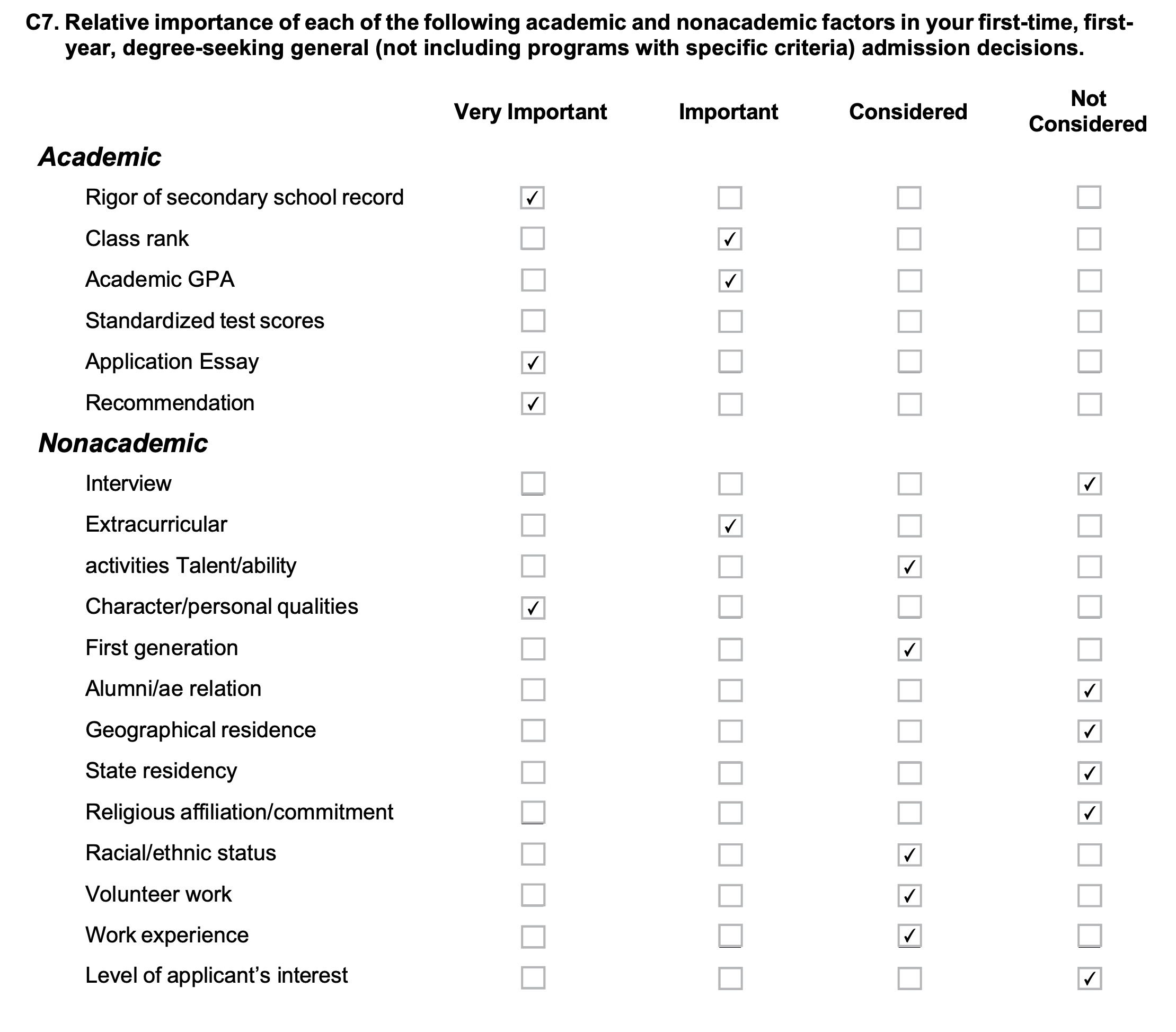
— I’m Tuyen, a member of the Pinellas County School Cohort in St. Petersburg, Florida
Nina’s Story and Your Opportunities
February 1, 2025Continued from my February 2025 newsletter…
 Nina is a recent graduate of Middle Tennessee State University with a BS in Aerospace, which includes a concentration in Unmanned Aircraft Systems. Nina is a member of our church and was a participant in our Turner Chapel AME College Cohort throughout high school. Beginning as a middle school student, she participated in the OBAP ACE Academy during each summer throughout high school, receiving her private pilot’s license and drone certification.
Nina is a recent graduate of Middle Tennessee State University with a BS in Aerospace, which includes a concentration in Unmanned Aircraft Systems. Nina is a member of our church and was a participant in our Turner Chapel AME College Cohort throughout high school. Beginning as a middle school student, she participated in the OBAP ACE Academy during each summer throughout high school, receiving her private pilot’s license and drone certification.
Nina was a hard worker throughout high school. She was a longtime Girl Scout, earning her Gold Award, and a varsity athlete. Throughout high school, Nina never wavered in her passion for flying. However, after entering college, Nina found the costs associated with continuing in the professional pilot’s program at Middle Tennessee State prohibitive so she pivoted into the Unmanned Aircraft Systems Operations Concentration. As a result of pivoting to this major, and already having a drone certification, Nina landed a job immediately after graduation with a company as a drone pilot and researcher.
Watch Nina’s flight video (https://youtu.be/9I3ijxuOlfU?si=GjeQNhDebCdLO1iE).
This is a critically important consideration outlined in How to Plan Your Career or College Pathway. Following are important considerations, together with the page numbers if you choose to read more:
- Explore the 16 National Career Clusters to identify which clusters are available in your school or school district (page xiii)
- Keep in mind that any of these career clusters can lead into the workplace, military, or college (page xiii)
- Be aware that whatever your future educational or career aspirations are, there are 3 basic pathways after high school: work, military, college (page 1)
- Begin “aligning” the classes that you are taking in school with your “aspirations” after high school (page 4)
- Begin thinking more about what it will mean to enter the workplace, military, or college after high school (page 8)
- What is your reason for learning? (page 10)
There is no need to wait until you are a high school senior to given serious thought to your career or college pathway. As soon as you experience your first elementary school Career Day or have an experience that inspires you to explore a particular career pathway, begin thinking about the K-12 plan that would “align” with your career pathway.
Robert’s Story and Your Opportunities
February 1, 2025Continued from my February 2025 newsletter…
 From 2017 through 2018 we spent 2 years working with Robert. We met with Robert and his parents one Saturday per month throughout the school year. Robert was an accomplished dancer and gifted in the arts. He was in the Guilford County All-County Choir, North Carolina Honors Choir, and North Carolina All State Choir. Robert was also academically accomplished with a 4.1 GPA, ranked in the top 20% of his high school class, and enrolled in multiple AP classes.
From 2017 through 2018 we spent 2 years working with Robert. We met with Robert and his parents one Saturday per month throughout the school year. Robert was an accomplished dancer and gifted in the arts. He was in the Guilford County All-County Choir, North Carolina Honors Choir, and North Carolina All State Choir. Robert was also academically accomplished with a 4.1 GPA, ranked in the top 20% of his high school class, and enrolled in multiple AP classes.
During each meeting, Robert worked through lessons in our online curriculum taken from our book, A High School Plan for Students with College-Bound Dreams. While Robert began the process with a desire to attend an in-state school (i.e., North Carolina State or North Carolina A&T), he received his largest scholarship offer from George Mason, where he has since attended and graduated with a BS in Community Health with a concentration in clinical science.
During his time at George Mason, Robert continued building his résumé through his participation in many campus-based organizations, serving as a Mason Ambassador, working in the George Mason Office of Admissions, and volunteering with our foundation. Robert is now an elementary school teacher and has been selected as the Outstanding New Teacher of the Year in his Virginia school district. He is about to receive his M.Ed in Curriculum and Instruction with a focus in Elementary Education and is researching Ph.D programs.
Robert’s college-bound pathway has several important components that any student who wants to qualify for more institutional scholarships and avoid student loan debt should consider. Click below to learn what you should be doing.
As a high school junior, the book, our online curriculum, and our 1-on-1 advising guided Robert (pictured on page 2) in developing the “Body of Work” that he would present to his colleges as a high school senior. Following are examples of what you should do PRIOR to the beginning of your senior year of high school, with page references in the book for further reference:
- Understand that your college application to most colleges, particularly selective colleges, will undergo a holistic review across the areas of academics, extracurricular activities, personal qualities, and intangibles (page 5)
- Effective college planning follows a process of backwards mapping, i.e., “Beginning with the End in Mind” (page 9)
- Your résumé and your profile provide an importance reference point of your competitiveness as a college or scholarship applicant (page 10)
- See the examples of Kimberly Hadaway’s high school profile and résumé that resulted in her being offered 6 full scholarships (Amherst College, Duke University, Princeton University, Vanderbilt University, Washington & Lee University, and Williams College) (pages 12-13)
- View Kimberly’s video discussing the process (https://youtu.be/NaBLrN2H9xI?si=kCos0_OkV9cYaIGp)
- See the examples of Kristen Starks high school profile and résumé that resulted in her being offered 3 full scholarships (Tuskegee University, and the University of Richmond, Wake Forest University) (pages 14-15)
- View Kristen’s video discussing the process of packaging (https://youtu.be/gCgPDKmWu14?si=W2qV72dYTSocFjTg)
Start building your college list based on your aspirations and your family’s financial need (page 17)
Actions You Should Be Taking
January 28, 2025This is a continuation from our February 2025 newsletter regarding the role of mid-year assessments.
 In How to Plan Your Career or College Pathway, I profile the type of career/college planning strategies that resulted in our older son receiving a full need-based scholarship to attend Amherst College, the top ranked liberal arts college in the U.S. at the time, and our younger son being selected as a 2012 Gates Millennium Scholar and accepted into the Honors College at Morehouse College, the top ranked liberal arts college in the world for Black men. I also provide step-by-step K-12 strategies in the following books:
In How to Plan Your Career or College Pathway, I profile the type of career/college planning strategies that resulted in our older son receiving a full need-based scholarship to attend Amherst College, the top ranked liberal arts college in the U.S. at the time, and our younger son being selected as a 2012 Gates Millennium Scholar and accepted into the Honors College at Morehouse College, the top ranked liberal arts college in the world for Black men. I also provide step-by-step K-12 strategies in the following books:
Ten Steps to Helping Your Child Succeed in School
A Middle School Plan for Students with College-Bound Dreams
A High School Plan for Students with College-Bound Dreams
The mid-year assessment is part of a student’s “backwards mapping” strategy—a strategy that begins with a student’s long-term educational or career aspirations and works backwards to develop goals and engage in mid-year and year-end assessments throughout a student’s K-12 schooling. Tragically, neither schools nor parents follow this process.
Here is what I outline in the book that you should do:
Begin with the question, “What do you want to do the day after high school?” The answer to this question establishes a long-term vision for a student’s future. Whether the answer is to become a professional basketball player, engineer, entrepreneur, or simply attend college, it reflects a student’s aspirations at a given moment in time—one that may change many times over the course of a student’s K-12 journey as a result of experiences and exposure.
- Begin each school year with specific goals across the areas of academics, behavior, gifts and talents, leadership, service, and awards. Do so will help students to become gifted, talented, and well rounded people who understand the value of leadership and service.
- Pause at the end of the first semester (or mid-year) to review and celebrate process toward, or the achievement of, each goal. Set second semester goals and plan summer program involvement to strengthen weaknesses, develop gifts, or explore interests.
- Pause at the end of the second semester (or year-end) to review and celebrate process toward, or the achievement of, each goal. Plan the following year course schedule based on the successes or challenges experienced. This may lead to pursuing more rigorous classes in some subjects and less rigorous classes in other subjects. Research the teachers and discuss class placement with counselors or administrators. Consider summer enrichment or recovery to prepare for the next school year.
Engaging in this process during every school year from kindergarten through the 11th grade will result in 36 conversations between students and parents, each within the context of a student’s educational or career aspirations. Through these conversations, students should engage in a continuous process of developing, reviewing, and fine-tuning their K-12 course schedules in a manner consistent with the affirm career or college aspirations.
Some of the notable failures of not engaging in this process are:
- Widespread low student achievement as a result of not monitoring achievement and engaging in timely interventions
- Disproportionately high student loan debt as a result of not engaging in planning full scholarship pathways after a student affirms attending college as a long-term goal
- Developing inappropriate behaviors, failing to appreciate the value of serving others, and failure to develop leadership skills as a result of engaging in ongoing conversations about such important areas of character development
Now that you know, there is no excuse not to do!
Black History Month Reading List
January 28, 2025 This is a continuation of my February 2025 newsletter in which I shared my top ten list of books for those interested in exploring the truth of Black authors as they tell our stories:
This is a continuation of my February 2025 newsletter in which I shared my top ten list of books for those interested in exploring the truth of Black authors as they tell our stories:
- Mychal Wynn: The Eagles who Thought They were Chickens
- Carter G. Woodson: The Mis-Education of the Negro
- Maya Angelou: Still I Rise
- WEB Du Bois: The Souls of Black Folk
- Ralph Ellison: Invisible Man
- Richard Wright: Black Boy
- Autobiography of Malcolm X as told to Alex Haley
- Chancellor Williams: The Destruction of Black Civilization
- Yosef A.A. ben-johannan: Africa – Mother of Western Civilization
- Cheikh Anta Diop: African Origina of Civilization
- Molefi Kete Asante: Kemét, Afrocentricity and Knowledge
As a living Black author, I believe that my books should be part of any Black History Month reading list focused on inspiring Black children:
- Don’t Quit — Inspirational Poetry
- Empowering African American Males: A Guide to Increasing Black Male Achievement
- Enough is Enough: The Explosion in Los Angeles
- Follow Your Dreams: Lessons That I Learned in School
- HBCU Healthcare Pathways
- HBCU STEM Pathways
- The Eagles who Thought They were Chickens
- Why Attend an HBCU
Mychal Wynn’s Recommended Black Male Book Club
and Black History Month Reading List for Primary Readers
1 | 47 (Mosley) |
2 | A Band of Angels: A Story Inspired by the Jubilee Singers (Hopkinson) |
3 | A Middle School Plan for Students with College-Bound Dreams (Wynn 2007) |
4 | An Invisible Thread: The True Story of an 11-year-old Panhandler, a Busy Sales Executive, and an Unlikely Meeting (Schroff 2012) |
5 | Away West (McKissack 2006) |
6 | Backyard Animal Show, The (Ziggy and the Black Dinosaurs #5) (Draper 2006) |
7 | Bad News for Outlaws (Nelson) |
8 | Barack (Winter) |
9 | Barack Obama: Son of Promise, Child of Hope (Grimes) |
10 | Begging for Change (Flake 2004) |
11 | Between Madison and Palmetto (Book #3) (Woodson 2002) |
12 | Bird in a Box (Pinkney) |
13 | Black Jack: The Ballad of Jack Johnson (Smith) |
14 | Black Pioneers of Science and Invention (Haber 1992) |
15 | Bud, Not Buddy (Curtis 2004) |
16 | Buried Bones Mystery, The (Ziggy and the Black Dinosaurs #1) (Draper 2006) |
17 | Catching the Dream: The Story of a Young Girl’s Baseball Dream (Hubbard 2010) |
18 | Chess Rumble (Neri 2007) |
19 | Color Me Dark: The Diary of Nellie Lee Love (McKissack 2000) |
20 | Curtis Aikens and the American Dream (Rather) |
21 | Darnell Rock Reporting (Myers 1996) |
22 | Dave the Potter: Artist, Poet, Slave (Hill) |
23 | Don’t Quit – Inspirational Poetry (Wynn 1998) |
24 | Dreams of My Father by Barack Obama (Obama 2004) |
25 | Elijah of Buxton (Curtis, 2007) |
26 | Every Little Thing: Based on the song ‘Three Little Birds’ by Bob Marley (Marley 2012) |
27 | Follow Your Dreams: Lessons That I Learned in School (Wynn 2000) |
28 | Forged by Fire (Draper, 1998) |
29 | Freedom on the Menu: The Greensboro Sit-Ins (Weatherford 2007) |
30 | Friendship for Today, A (McKissack 2007) |
31 | Ghetto Cowboy (Neri) |
32 | Gifted Hands, Kids Edition: The Ben Carson Story (Lewis 2009) |
33 | Glory Be (Scattergood) |
34 | Go for It! (Ervin “Magic” Johnson/Novak) |
35 | Goin’ Someplace Special (McKissack) |
36 | Grandfather and I (Buckley) |
37 | Hand in Hand: Ten Black Men Who Changed America (Pinkney 2012) |
38 | Handbook for Boys (Myers 2003) |
39 | He’s Got the Whole World in His Hands (Nelson 2005) |
40 | Henry’s Freedom Box: A True Story from the Underground Railroad (Levine) |
41 | Hip Hop Speaks to Children: A Celebration of Poetry with a Beat (Giovanni 2008) |
42 | Home-Run King (Scraps of Time) (McKissack 2009) |
43 | Hoops (Myers 1983) |
44 | Hot, Salty, Sweet, Sour (Smith 2003) |
45 | How to (Almost) Ruin Your School Play (Willimena Rules! Book #4) (Wesley 2005) |
46 | How to Face Up to the Class Bully (Willimena Rules! Book #6) (Wesley 2007) |
47 | Hush (Woodson 2002) |
48 | I Hadn’t Meant to Tell You This (Woodson 2010) |
49 | I love The Skin I’m In (Flake 1998) |
50 | I Survived #7: I Survived the Battle of Gettysburg, 1863 (Tarshis 2013) |
51 | It’s Crunch Time! (Brewer 2011) |
52 | Jackson Jones and Mission Greentop (Book #1) (Quattlebaum 2005) |
53 | Jackson Jones and the Curse of the Outlaw Rose (Book #3) (Quattlebaum 2008) |
54 | Jackson Jones and the Puddle of Thorns (Book #2) (Quattlebaum 2005) |
55 | John Henry (Lester) |
56 | Jones Family Express, The (Steptoe 2005) |
57 | Julian’s Glorious Summer (Cameron 1987) |
58 | Junebug in Trouble (Mead 2003) |
59 | Juneteenth: Freedom Day (Branch) |
60 | Keena Ford and the Field Trip Mix-Up (Thomson 2009) |
61 | Keena Ford and the Second-Grade Mix-Up (Thomson 2008) |
62 | Keeping the Night Watch (2008) |
63 | Laugh with the Moon (Burg) |
64 | Letters to Young Black Men (Whyte, III) |
65 | Lift Every Voice and Sing (Johnson) |
66 | Lincoln and Douglass: An American Friendship (Giovanni) |
67 | Locomotion (Woodson 2003) |
68 | Looking Like Me (Myers) |
69 | Lost in the Tunnel of Time (Ziggy and the Black Dinosaurs #2) (Draper 2006) |
70 | Love to Langston (Medina) |
71 | March: Book 1 (Rep. John Lewis & Andrew Aydin 2013) |
72 | Meet Danitra Brown (Grimes 1997) |
73 | Miami Sees it Through (Miami Jackson series) (McKissack 2001) |
74 | Minty: A Story of Young Harriet Tubman (Schroeder 2000) |
75 | Mister and Me (Holt 2000) |
76 | More Stories Julian Tells (Cameron 1989) |
77 | More Than Anything Else (The Story of Booker T. Washington) (Bradby 1995) |
78 | My Brother Martin: A Sister Remembers Growing Up with the Rev. Dr. Martin Luther King, Jr. (Christine King Farris) |
79 | My Life as a Rhombus (Johnson 2008) |
80 | My Man Blue (Grimes 2002) |
81 | Nelson Mandela (Kadir 2013) |
82 | Nobody Owns the Sky: The Story of “Brave Bessie” coleman (Lindbergh) |
83 | One Crazy Summer (Williams-Garcia 2011) |
84 | Only Passing Through: The Story of Sojourner Truth (Rockwell) |
85 | Out of My Mind (Draper 2010) |
86 | P.S. Be Eleven (Williams-Garcia 2013) |
87 | Peace, Locomotion (Woodson 2009) |
88 | Percy Julian: Forgotten Genius (Agard) |
89 | Pink and Say (Polacco 1994) |
90 | Remember: The Journey to School Integration (Morrison) |
91 | Richard Wright and the Library Card (Miller) |
92 | Rock of Ages: A Tribute to the Black Church (Bolden) |
93 | Romiette and Julio (Draper 2001) |
94 | Rosa (Giovanni) |
95 | Ruby Flips for Attention (Ruby and the Booker Boys) (Barnes 2009) |
96 | Ruth and the Green Book (Ramsey 2010) |
97 | Shadows of Caesar’s Creek (Ziggy and the Black Dinosaurs #3) (Draper 2006) |
98 | Shimmershine Queens (Yarbrough 1996) |
99 | Show Way (Woodson 2005) |
100 | Sit-In: How Four Friends Stood Up by Sitting Down (Pinkney) |
101 | Slumber Party Payback (Ruby and the Booker Boys) (Barnes 2008) |
102 | Song for Harlem (McKissack 2006) |
103 | Sounder (Armstrong 2002) |
104 | Space Mission Adventure, The (Ziggy and the Black Dinosaurs #4) (Draper 2006) |
105 | Sparrow (Smith 2008) |
106 | Spellbound (McDonald 2001) |
107 | Stars and Sparks Onstage (Ziggy and the Black Dinosaurs #6) (Draper 2007) |
108 | STAT: Standing Tall and Talented #1 (Stoudemire 2012) |
109 | Street Love (Myers 2007) |
110 | Sunrise Over Fallujah (Myers 2008) |
111 | Sweet Clara and the Freedom Quilt (Hopkinson 2003) |
112 | Sweet Hereafter (Heaven Trilogy #3) (Johnson 2010) |
113 | Sweet Music In Harlem (Taylor 2004) |
114 | Taking the Lead (Moore 2012) |
115 | Talkin’ About Bessie: The Story of Aviator Elizabeth Coleman (Grimes 2002) |
116 | Tears of Tiger (Draper 1994) |
117 | The Bat Boy and His Violin (Curtis 2001) |
118 | The Broken Bike Boy and the Queen of 33rd Street (Flake 2007) |
119 | The Colors of Us (Katz 2002) |
120 | The Eagles who Thought They were Chickens (Wynn 1999) |
121 | The Other Half of My Heart (Frazier) |
122 | The Pact (Jenkins, Hunt, Davis, 2002) |
123 | The poem, “Our Deepest Fear” (Williamson 1992) |
124 | The Story of Ruby Bridges (Coles) |
125 | The Toothpaste Millionaire (Merrill) |
126 | The Village That Vanished (Nelson 2004) |
127 | There Are No Children Here: The Story of Two Boys Growing Up in The Other America (Kotlowitz 1992) |
128 | Trivia Queen, 3rd Grade Supreme (Ruby and the Booker Boys) (Barnes 2008) |
129 | Under the Quilt of Night (Hopkinson 2005) |
130 | Vision of Beauty: The Story of Sarah Breedlove Walker (Lasky 2003) |
141 | Watsons Go To Birmingham – 1963 (Curtis 2000) |
142 | Way a Door Closes, The (Smith 2003) |
143 | We Beat the Street: How a Friendship Pact Led to Success (Davis, Jenkins, Hunt 2006) |
144 | We March (Evans) |
145 | What Color Is My World?: The Lost History of African-American Inventors (Abdul-Jabbar 2012) |
146 | When Harriet Met Sojourner (Clinton 2007) |
147 | When Marian Sang (Ryan 2003) |
148 | Words with Wings: A Treasury of African-American Poetry and Art (Rochelle) |
149 | You Can Do It! (Dungy 2008) |
150 | Yummy: The Last Days of a Southside Shorty (Neri 2010) |
Mychal Wynn’s Recommended Black Male Book Club
and Black History Month Reading List for High School Readers
The primary grades: A reading list for black males
1 | Yo, Little Brother: Basic Rules of Survival for Young African American Males. Anthony C. Davis and Jeffrey W. Jackson. (1998). |
2 | Reallionaire: Nine Steps to Becoming Rich from the Inside Out. Farrah Gray. (2005). |
3 | A High School Plan for Students with College-Bound Dreams (Wynn 2007) |
4 | There Are No Children Here: The Story of Two Boys Growing Up in The Other America (Kotlowitz 1992) |
5 | Workin’ on the Chain Gang: Shaking Off the Dead Hand of History. Walter Mosley. (2000). |
6 | The Pact (Jenkins, Hunt, Davis, 2002) |
7 | A Hope in the Unseen: An American Odyssey from the Inner City to the Ivy League. Ron Suskind. (1999). |
8 | Rite of Passage. Richard Wright. (1994). |
9 | Barack Obama: Son of Promise, Child of Hope (Grimes) |
11 | The Magnificent Twelve: Florida’s Black Junior Colleges, – Smith, Ph.D., Walter L. |
12 | Fortune’s Bones: The Manumission Requiem, – Nelson, Marilyn |
13 | Carver: A Life in Poems, – Nelson, Marilyn |
14 | Malcolm X: – Any Means Necessary, – Myers, Walter Dean |
15 | Mississippi Challenge, – Walter, Mildred Pitts |
16 | Martin Luther King, Jr. and the Freedom Movement, – Patters, Lillie |
17 | We Beat the Street: How a Friendship Led to Success, – Davis, Sampson, Jenkins, George, Hunt, Rameck and Draper, Sharon |
19 | Anthony Burns: The Defeat and Triumph of a Fugitive Slave, – Hamilton, Virginia |
20 | Trouble’s Child, – Walter, Mildred Pitts |
21 | The Magical Adventures of Pretty Pearl, – Hamilton, Virginia |
22 | Lena Horne – Haskins, James |
23 | The Middle Passage: White Ships Black Cargo, – Feelings, Tom |
24 | This Life, – Poitier, Sidney |
25 | Don’t Explain: A Song of Billie Holiday, – De Veaux, Alexis |
26 | The Young Landlords, – Myers, Walter Dean |
27 | James Van Der Zee: The Picture Takin’ Man, – Haskins, James |
28 | Let the Lion Eat Straw – Southerland, Ellease |
29 | Cornrows, – Yarborough, Camille |
30 | Benjamin Banneker, – Patterson, Lillie |
34 | I Have a Dream, – King, Martin Luther, Jr. |
35 | Portia: The Life of Portia Washington Pittman, the Daughter of Booker T. Washington, – Stewart, Ruth Ann |
36 | The Legend of Africana, – Robinson, Dorothy |
37 | I Never Had It Made: the Autobiography of Jackie Robinson, as told, – Duckett, Alfred |
38 | My Chill Wind, – McDonald, Janet |
39 | Lou in the Limelight – Hunter, Kristin |
40 | Movin’ Up, – Gordy, Berry |
41 | Marvin and Tige – Glass, Frankcina |
42 | Black Troubador: Langston Hughes, – Rollins, Charlemae |
43 | Martin Luther King, Jr.: Man of Peace – Patterson, Lillie |
44 | Black Boy White School – Brian F. Walker |
45 | The First Part Last, – Johnson, Angela |
46 | Just Another Hero, – Draper, Sharon M. |
47 | Remember: The Journey to School Integration, – Morrison, Toni |
49 | A Wreath For Emmett Till, – Nelson, Marilyn |
50 | The Freedom Business, – Nelson, Marilyn |
51 | Street Love, – Myers, Walter Dean |
53 | The Astonishing Life of Octavian Nothing – Traitor to the Nation, – Anderson, M. T. |
54 | Mare’s War – Davis, Tanita S. |
55 | The Negro Speaks of Rivers, – Hughes, Langston and Lewis, E. B. |
56 | Giants: The Parallel lives of Frederick Douglass and Abraham Lincoln, – Stauffer, John |
57 | College Planning for High School Students: A Quick Guide (Wynn, 2007) |
58 | The Pact: Three Young Men Make a Promise and Fulfill a Dream, – Davis, Sampson, Jenkins, George, Hunt, Rameck, with Page, Lisa Frazier |
59 | Black, Blue, and Gray: African Americans in the Civil War, Haskins, Jim |
60 | Black Boy, Wright, Richard |
61 | A Raisin in the Sun, Hansberry, Lorraine |
62 | Their Eyes Were Watching God, Hurston, Zora Neale |
63 | Mining for Freedom: Black History Meets the California Gold Rush, Roberts, Sylvia Alden |
64 | Letters to Young Black Men (Whyte, III) |
65 | Copper Sun – Sharon M. Draper |
66 | The Skin I’m In – Sharon G. Flake |
67 | Madame Lilly, Voodoo Priestess – Dormaine G. – |
68 | Tears of a Tiger – Sharon M. Draper – |
69 | November Blues – Sharon M. Draper – |
70 | Romiette and Julio – Sharon M. Draper – |
71 | Forged – Fire – Sharon M. Draper – |
72 | Games We Play: A Novel – Toni Westbrooks |
73 | Begging for Change – Sharon G. Flake |
74 | Money Hungry – Sharon G. Flake |
75 | Bronx Masquerade – Nikki Grimes |
76 | The Autobiography of Malcolm X – Malcolm X |
77 | Monster – Walter Dean Myers |
78 | Day of Tears – Julius Lester |
79 | Who Am I Without Him?: A Short Story Collection about Girls and Boys in Their Lives – Sharon G. Flake |
80 | Darkness Before Dawn – Sharon M. Draper – |
81 | Miracle’s Boys – Jacqueline Woodson – |
82 | The Battle of Jericho – Sharon M. Draper – |
83 | Bud, Not Buddy – Christopher Paul Curtis |
84 | Jason & Kyra – Dana Davidson |
85 | If You Come Softly – Jacqueline Woodson – |
87 | The Coldest Winter Ever – Sister Souljah |
88 | Feathers – Jacqueline Woodson – |
90 | Lady J – L. Divine – |
91 | Street Love – Walter Dean Myers |
92 | Autobiography of My Dead Brother – Walter Dean Myers |
93 | The Fight – L. Divine – |
94 | Played – Dana Davidson |
95 | Twelve Years a Slave – Solomon Northup |
97 | New Boy – Julian Houston |
98 | Hip-Hop High School – Alan Sitomer – |
99 | What is the What – Dave Eggers |
100 | The Battle for Jericho (Gant) |
101 | Bang! – Sharon G. Flake |
102 | 47 – Walter Mosley |
104 | Narrative of the Life of Frederick Douglass – Frederick Douglass |
105 | Transformers (Foster) |
106 | Second Chance – L. Divine – |
107 | Brother Hood – Janet McDonald |
108 | Project Girl (McDonald) |
109 | Harlem Hustle – Janet McDonald |
110 | The Thunder in His Head – Gene Gant – |
111 | The Hoopster (Stiomer) |
112 | Bucking the Sarge – Christopher Paul Curtis |
113 | The Bully (Bluford, #5) – Paul Langan – |
114 | Emako Blue – Brenda Woods |
115 | What They Found: Love on 145th Street Walter Dean Myers |
117 | Courage Has No Color: The True Story of the Triple Nickles, America’s First Black Paratroopers – Tanya Lee Stone – |
118 | The Freedom Maze – Delia Sherman |
119 | Fallen Angels – Walter Dean Myers |
120 | The Eagles who Thought They were Chickens (Wynn 1999) |
121 | Chameleon (Smith, Jr.) |
122 | Courtin’ Jayd – L. Divine – |
123 | Thugs and the Women Who Love Them (Thug #1) – Wahida Clark – |
124 | Don’t Tell Your Cousin – Veronica E. Kelly – |
125 | Peculiar, INC (The Charismatic Chronicles, #1) – C.S.R. Calloway – |
126 | Belle and the Beau – Beverly Jenkins |
127 | Hustlin’ – L. Divine – |
128 | Keep It Movin’ – L. Divine – |
129 | Chausiku: The Secret Gambit (Chausiku, #2) – Pamela E. Cash – |
130 | Geek – boy Equals (Knight) |
141 | The Beast – Walter Dean Myers |
142 | My Bondage and My Freedom – Frederick Douglass |
143 | Sweet Thang – Allison Whittenberg – |
144 | First Class: The Legacy of Dunbar, America’s First Black Public High School (Stewart 2013) |
145 | Raw (Tony Hawk: Live2Skate) (Hoena 2013) |
146 | Tyrell – Coe Booth – |
147 | Re-Divining Self – Nikala Asante – |
148 | The Tiger Rising (DiCamillo) |
149 | All the Right Stuff (Myers) |
150 | Motown and Didi – Walter Dean Myers |
After Tupac and D Foster (Woodson) | |
Blood is Thicker (Langan) | |
Boy21 (Quick) | |
Brothers in Arms (Langan) | |
Dirty Jersey (Duck) | |
DJ Rising (Maia) | |
Don’t Quit – Inspirational Poetry (Wynn 1998) | |
Fake ID (Giles) | |
First Semester (Cross, II) | |
Follow Your Dreams: Lessons That I Learned in School (Wynn 2000) | |
If I Were Your Boyfriend (Sewell) | |
Schooled (Langan) | |
Secrets in the Shadows (Schraff) | |
Shortie Like Mine (Simone) | |
Somewhere in the Darkness (Myers) | |
The Eagles who Thought They were Chickens (Wynn 1999) | |
The Fallen (Langan) | |
The Gun (Langan) | |
Transcendence (Omololu) | |
Until We Meet Again (Schraff) | |
Black History Month Reading Lists from various sources
American Writers Museum (2023): A list of book recommendations for Black History Month, along with podcasts and videos to supplement your reading.
Esquire (Adrienne Westenfeld 2022): 20 of the Most Essential Books on Black History.
CNN Underscored (Kami Phillips 2022)/: 20 books that are essential reading for Black History Month.
Good Housekeeping (Lizz Schumer 2022): 20 Powerful Black History Books Everyone Should Read.
Parade (Alliyah Logan 2025): Black Booksellers Recommend 25 Books To Read During Black History Month and Beyond.
Center for Black Literature: The Center’s listing only scratches the surface of an ever-growing literary landscape of Black writers; thus, we invite recommendations from our colleagues, friends, and supporters. Kindly feel free to send your recommendations and suggestions for consideration to us at info@centerforblackliterature.org. For information on some of these and additional titles, please visit the African American Literature Book Club at AALBC.com.
Morehouse College: Reading, Watching, Listening List.
NCW Libraries: Black History Month Reading List.
New York Public Library: Schomburg Center’s Black Liberation Reading List.
Oprah Daily (2024): 25 Books by Black Authors You Should Read This February.
Prairie View A&M University John B. Coleman Library (2024): African American History Month 2024 Reading List: By Author (A-B).
The Chicago Blog: The University of Chicago Press: A Black History Month Reading List.
The Innocence Project (2021): 15 Books to Read During Black History Month and Beyond
Westmont Public Library: Black History Month: A Reading List for Teens
Newsletter: December 1, 2024
December 2, 2024







Newsletter: November 1, 2024
November 1, 2024

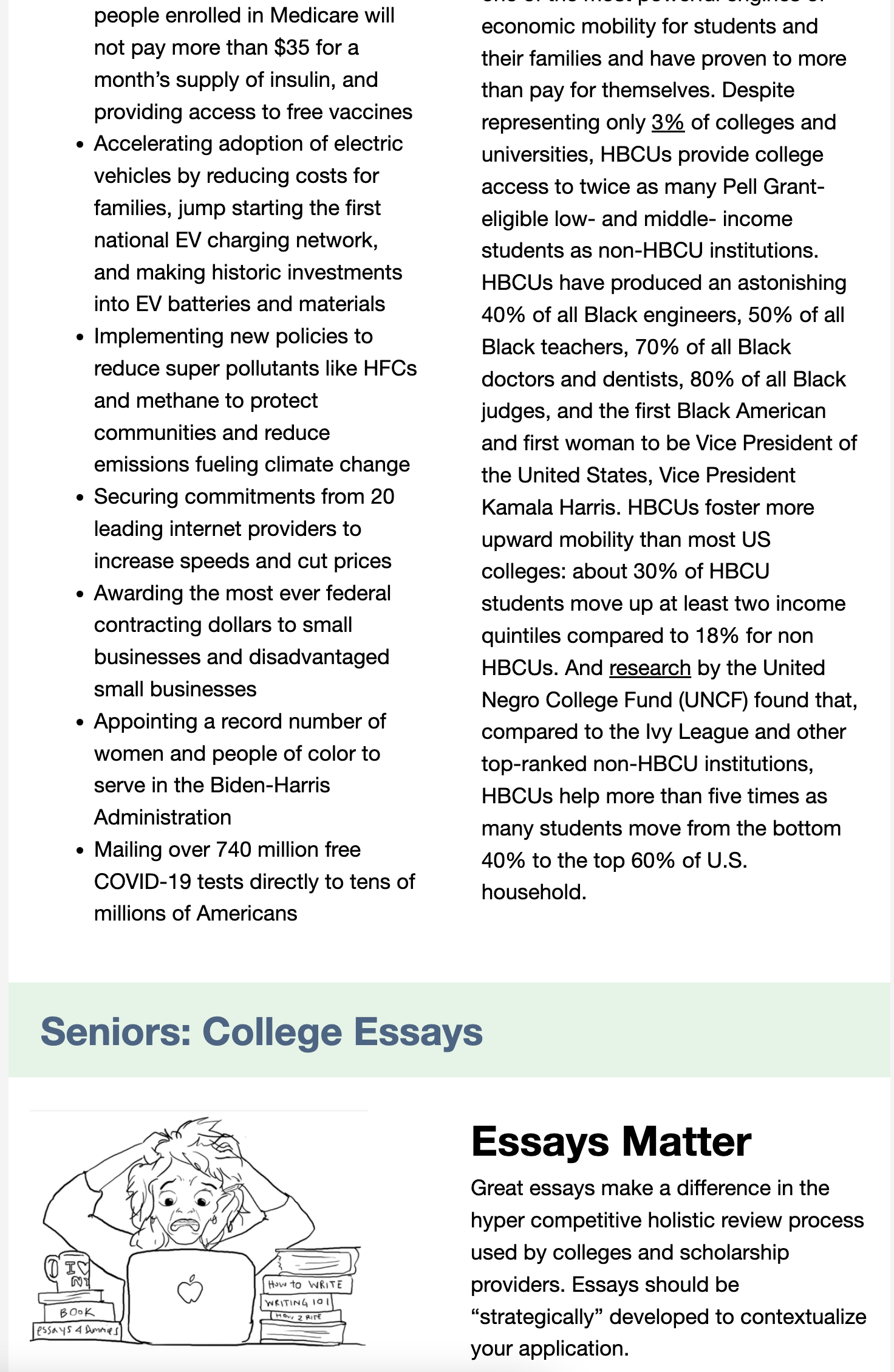
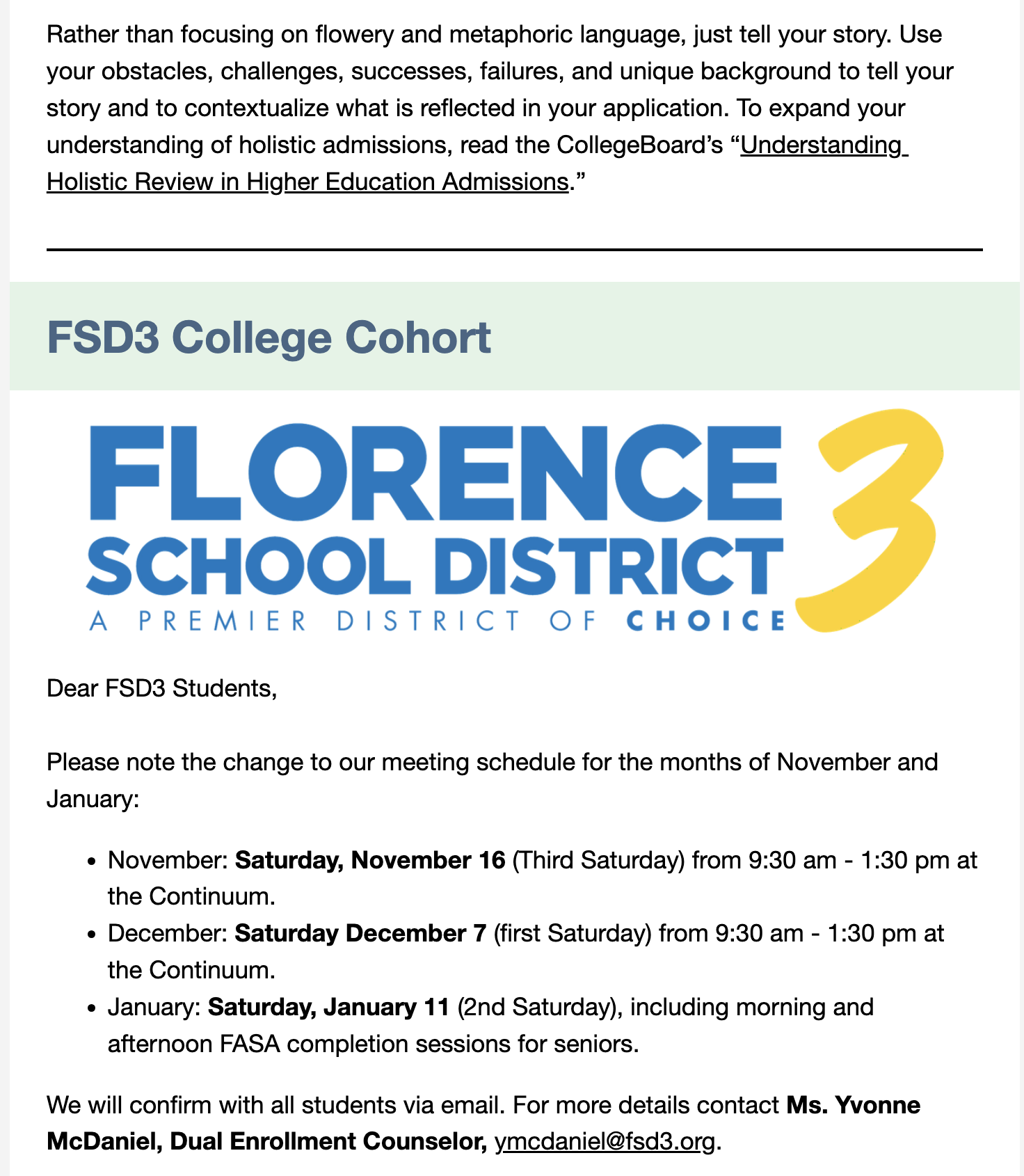



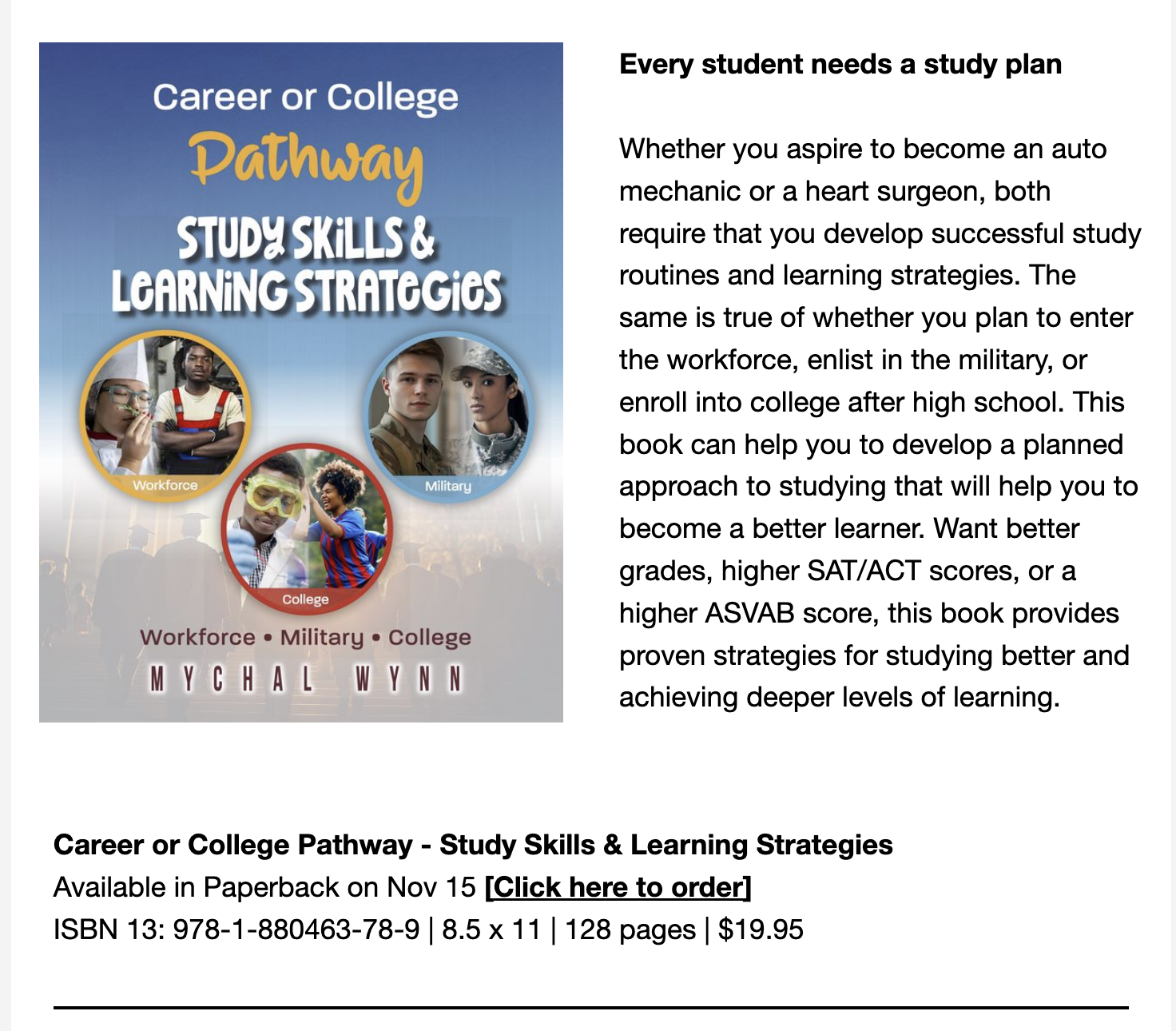
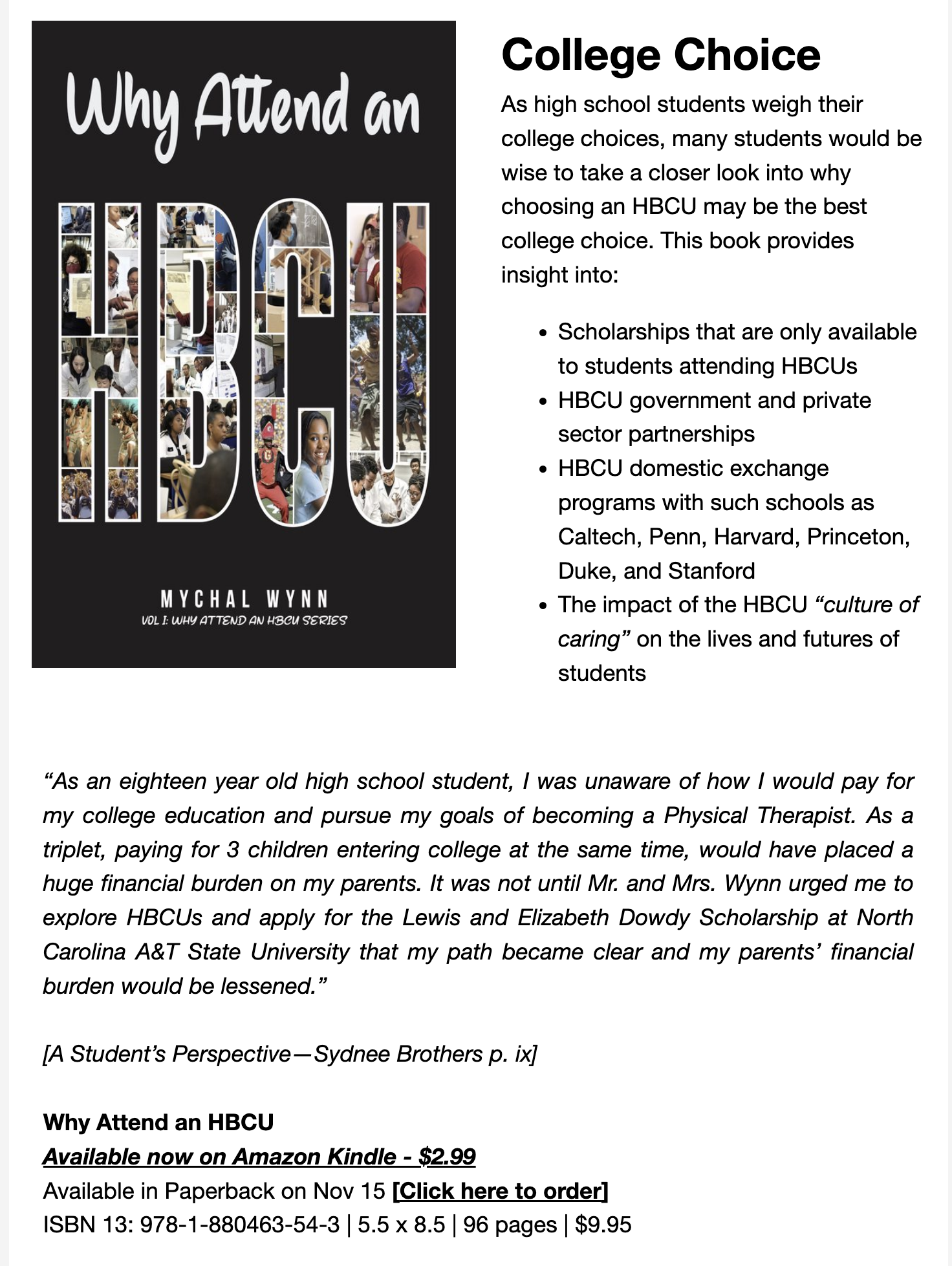

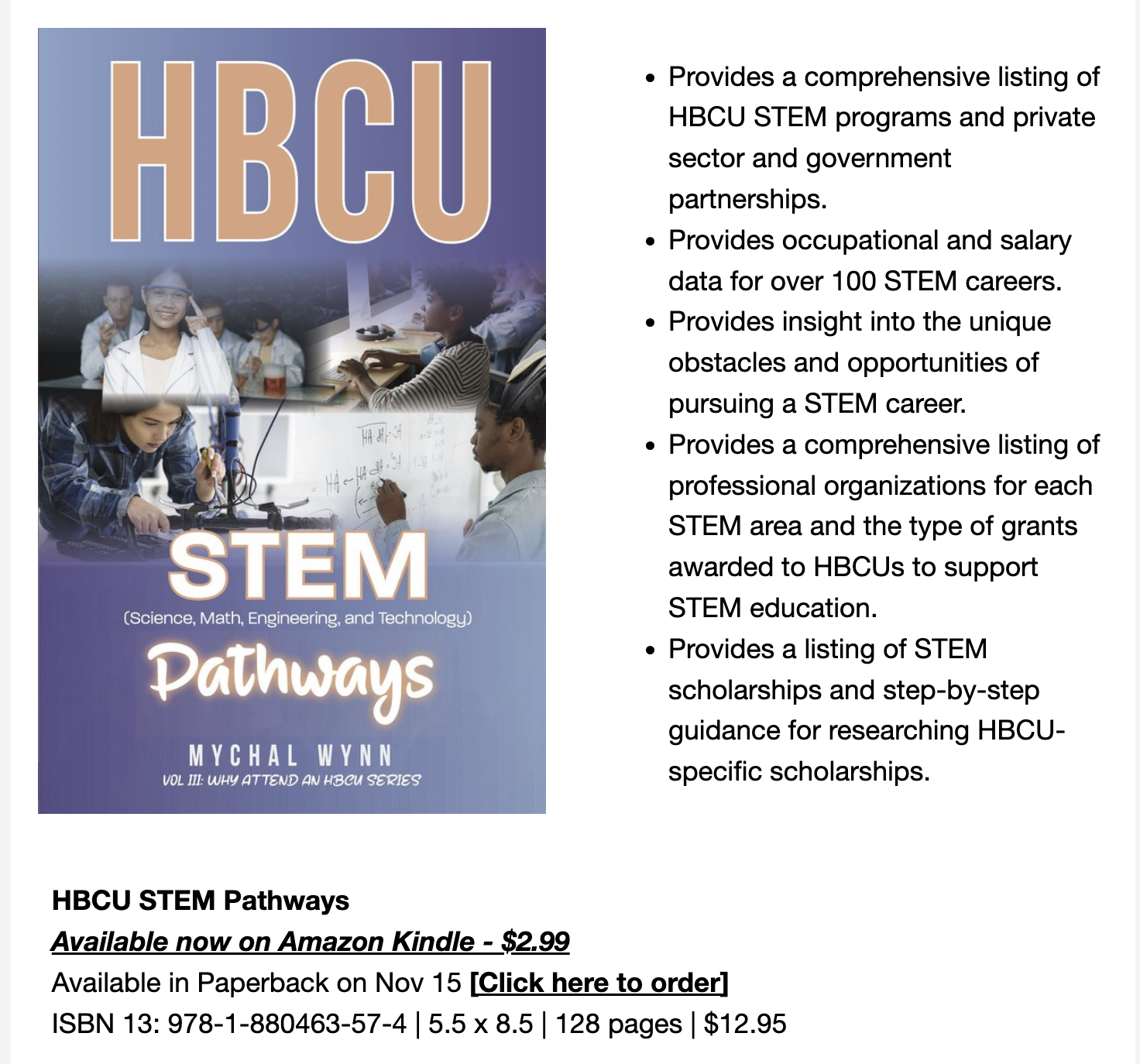
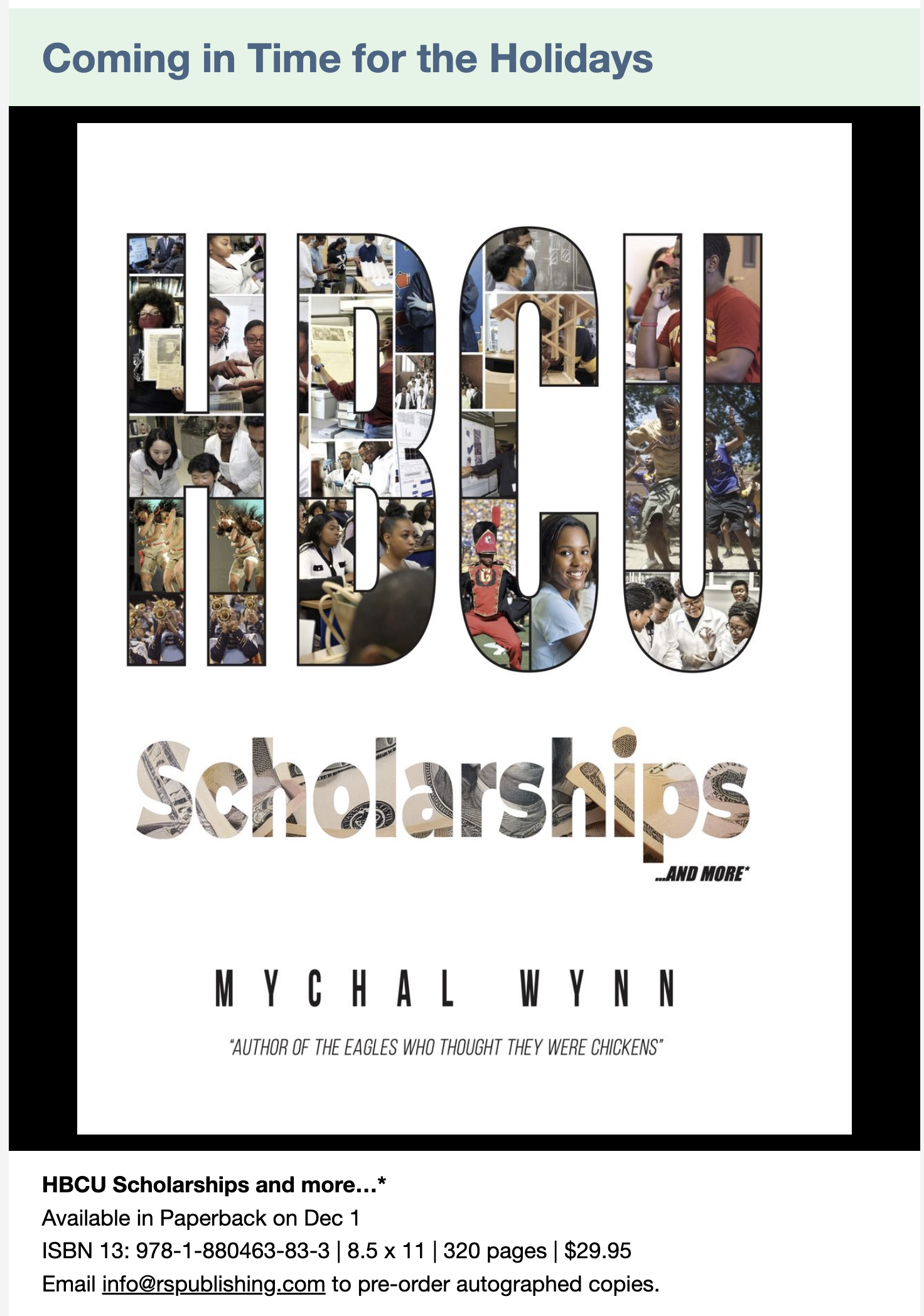
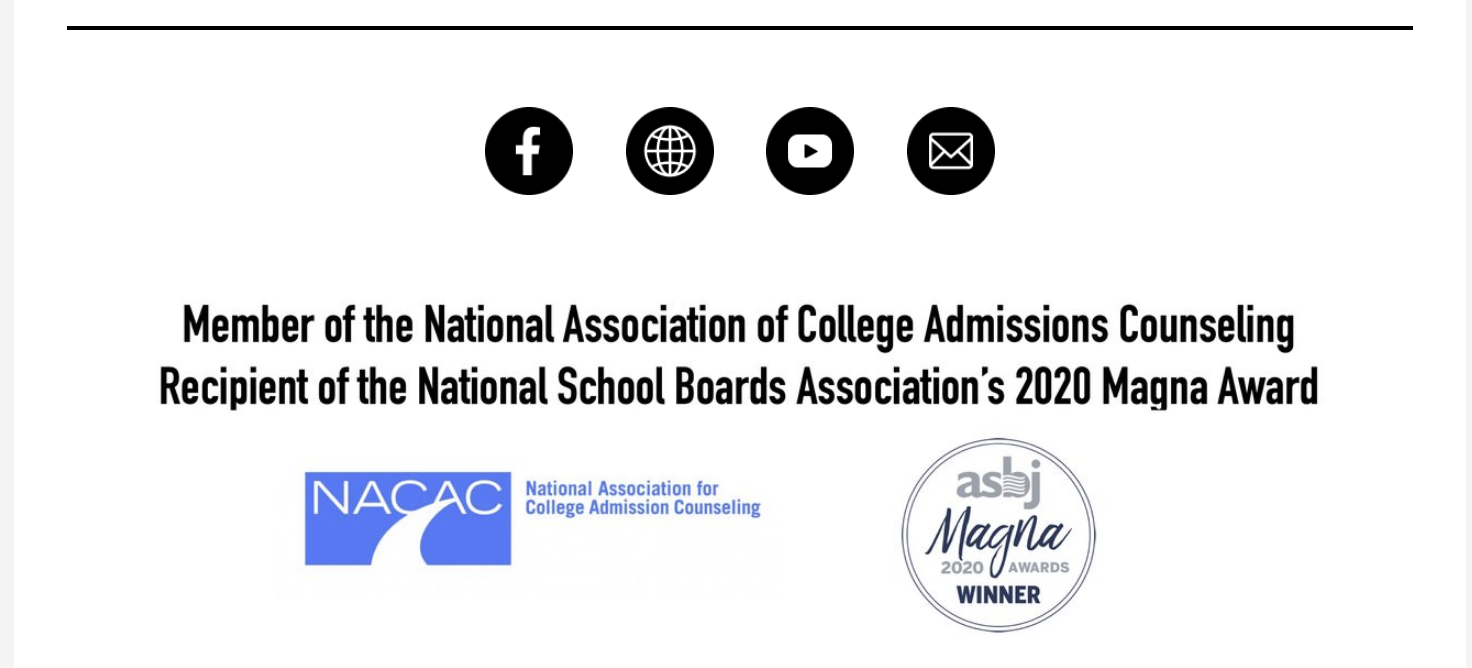
Newsletter: October 1, 2024
October 1, 2024



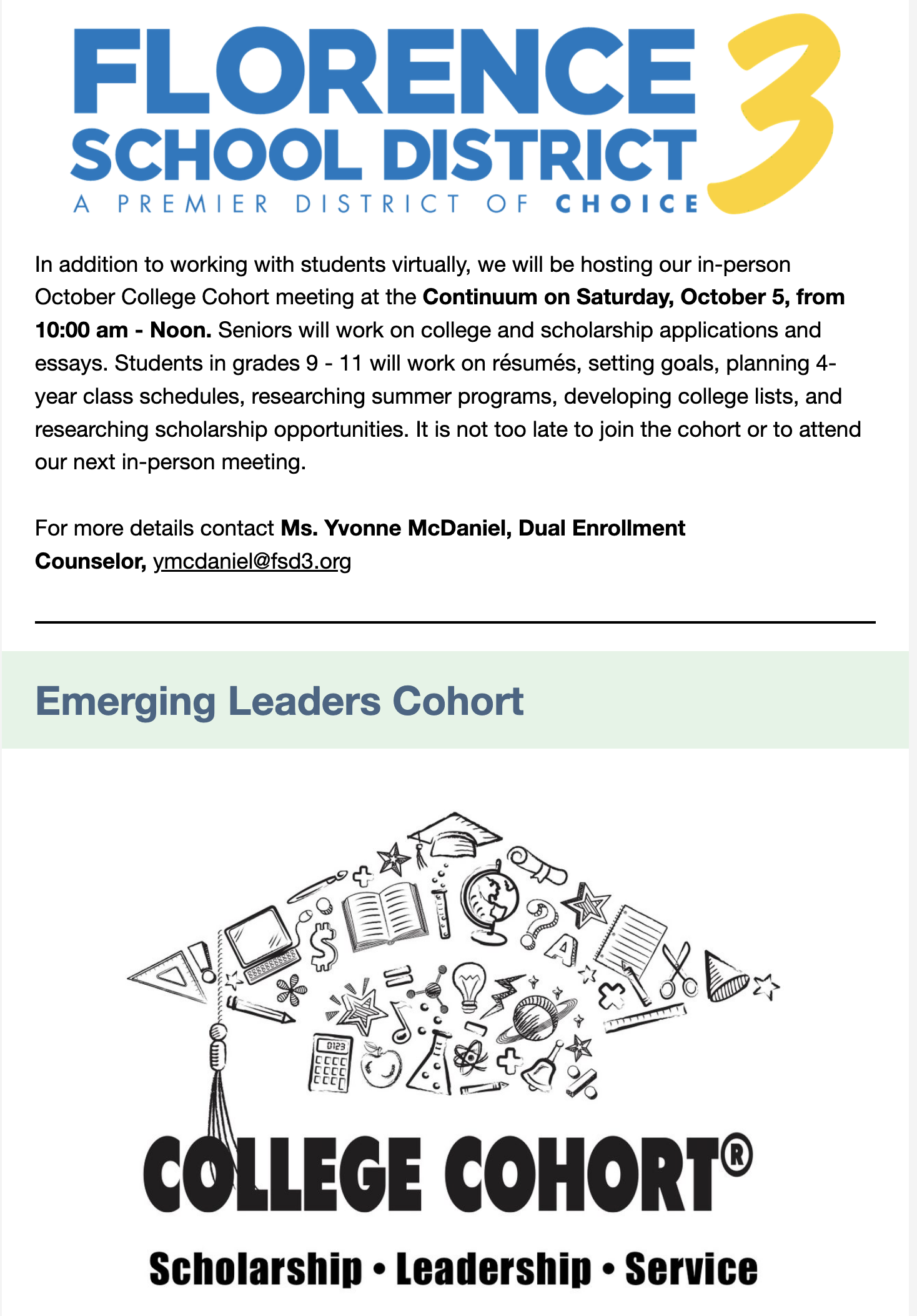

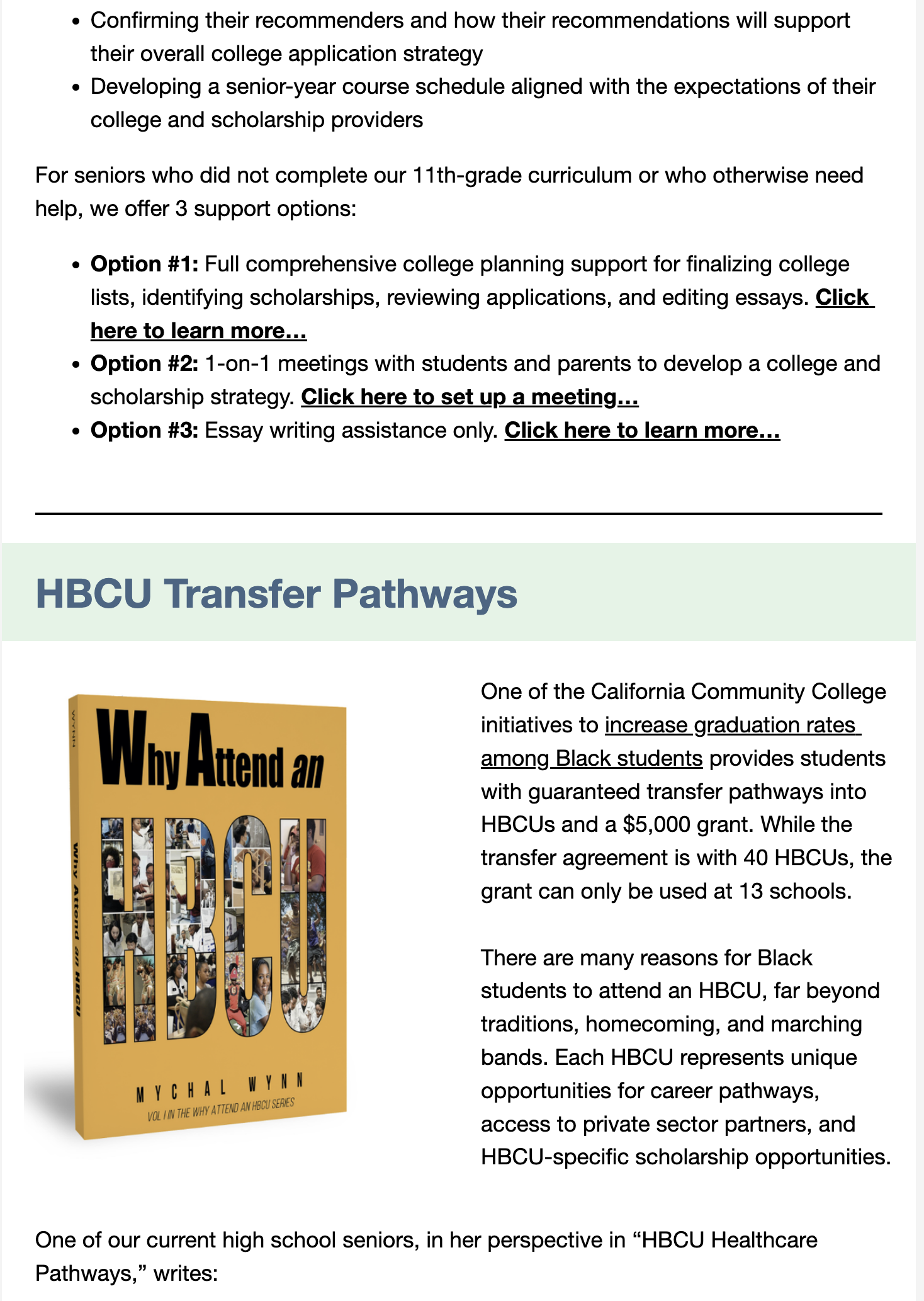
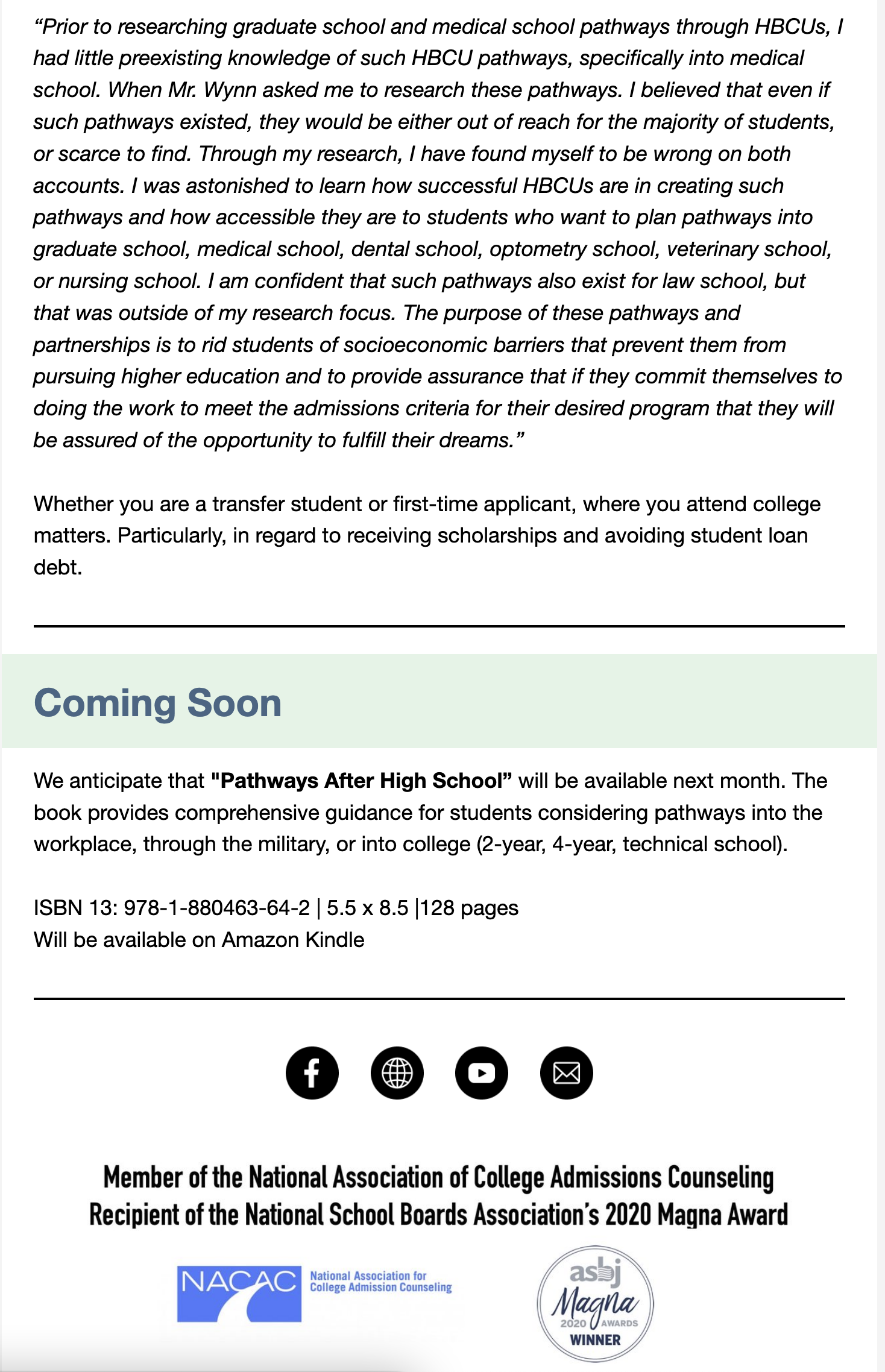
Newsletter: September 1, 2024
September 1, 2024









